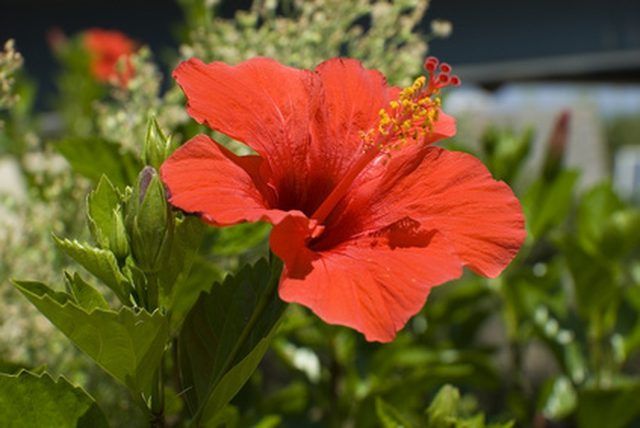Bulbs
Flower Basics
Flower Beds & Specialty Gardens
Flower Garden
Garden Furniture
Garden Gnomes
Garden Seeds
Garden Sheds
Garden Statues
Garden Tools & Supplies
Gardening Basics
Green & Organic
Groundcovers & Vines
Growing Annuals
Growing Basil
Growing Beans
Growing Berries
Growing Blueberries
Growing Cactus
Growing Corn
Growing Cotton
Growing Edibles
Growing Flowers
Growing Garlic
Growing Grapes
Growing Grass
Growing Herbs
Growing Jasmine
Growing Mint
Growing Mushrooms
Orchids
Growing Peanuts
Growing Perennials
Growing Plants
Growing Rosemary
Growing Roses
Growing Strawberries
Growing Sunflowers
Growing Thyme
Growing Tomatoes
Growing Tulips
Growing Vegetables
Herb Basics
Herb Garden
Indoor Growing
Landscaping Basics
Landscaping Patios
Landscaping Plants
Landscaping Shrubs
Landscaping Trees
Landscaping Walks & Pathways
Lawn Basics
Lawn Maintenance
Lawn Mowers
Lawn Ornaments
Lawn Planting
Lawn Tools
Outdoor Growing
Overall Landscape Planning
Pests, Weeds & Problems
Plant Basics
Rock Garden
Rose Garden
Shrubs
Soil
Specialty Gardens
Trees
Vegetable Garden
Yard Maintenance
Ants on Hibiscus Plants
Ants on Hibiscus Plants. Hibiscus is a large shrub or small tree that produces large, colorful, trumpet-like flowers. The flowers can be as large as 6 inches in diameter, and the tree can grow up to 15 feet tall in areas where it is not threatened by frost. They are very attractive to hummingbirds and butterflies. Like many ornamental landscape...

Hibiscus is a large shrub or small tree that produces large, colorful, trumpet-like flowers. The flowers can be as large as 6 inches in diameter, and the tree can grow up to 15 feet tall in areas where it is not threatened by frost. They are very attractive to hummingbirds and butterflies. Like many ornamental landscape plants, hibiscus is also vulnerable to pests like aphids, soft scales, mealybugs and whiteflies. All of these insects exude a sweet substance called honeydew that is very attractive to ants.
Hibiscus and Ants
Ants are attracted to hibiscus flowers because of their nectar-filled blooms. The presence of ants on a hibiscus plant does not always indicate that aphids are also present, and the ants may only be feeding on the nectar.
Ants and Aphids
Ants act as herders for aphids and their eggs. The ants carry the sap-sucking insects and their eggs onto the leaves of the plant and then fight off predatory insects like ladybugs that would otherwise be able to control the aphid population. They do this because they use the honeydew the aphids excrete as a food source.
Prevention
Always examine a hibiscus for aphids when you see ants; hibiscus is a common aphid host. Examine the undersides of hibiscus plants weekly during the spring and summer for signs of aphids or other insects, even if there are no ants present. Once the aphids establish themselves and begin producing honeydew, the ants will be attracted to the plant and protect this food source.
Control
Controlling ants can help protect hibiscus from aphids, mealybugs and other honeydew-producing pests. Pyrethrin-based insecticides are made from chrysanthemum extracts and are non-toxic to humans and pets. They will, however, kill honeybees and other beneficial insects, so apply them in the evening when there is no risk of harming them. Use horticultural oils, insecticidal soaps or strong jets of water to control aphids.
Consequences
Aphids not only suck the sap from the hibiscus' foliage, but they are known transmitters of plant diseases. The honeydew also creates the ideal conditions for the development of black sooty mold. The mold covers the foliage, eventually making it impossible for the plant to photosynthesize.